Angular shaping of fluorescence from synthetic opal-based photonic crystal
- PMID: 25852393
- PMCID: PMC4385143
- DOI: 10.1186/s11671-015-0781-y
Angular shaping of fluorescence from synthetic opal-based photonic crystal
Abstract
Spectral, angular, and temporal distributions of fluorescence as well as specular reflection were investigated for silica-based artificial opals. Periodic arrangement of nanosized silica globules in the opal causes a specific dip in the defect-related fluorescence spectra and a peak in the reflectance spectrum. The spectral position of the dip coincides with the photonic stop band. The latter is dependent on the size of silica globules and the angle of observation. The spectral shape and intensity of defect-related fluorescence can be controlled by variation of detection angle. Fluorescence intensity increases up to two times at the edges of the spectral dip. Partial photobleaching of fluorescence was observed. Photonic origin of the observed effects is discussed.
Keywords: Angular dependence; Fluorescence; Photobleaching; Photonic crystal; Refractive index; Stop band; Synthetic opal.
Figures
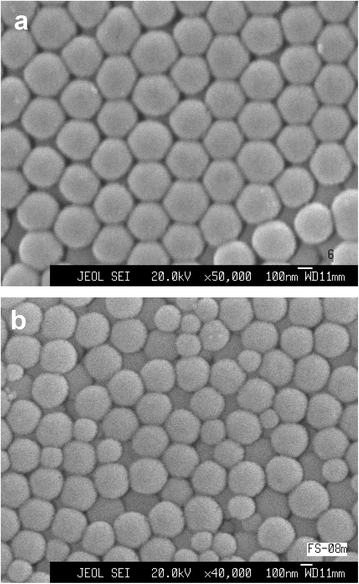
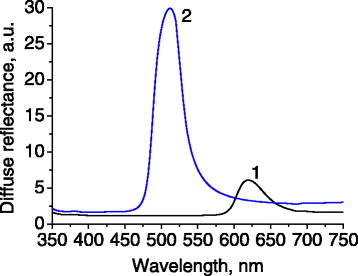

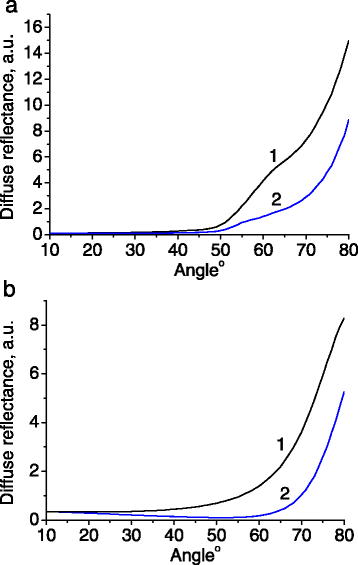
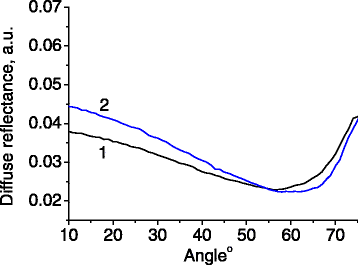



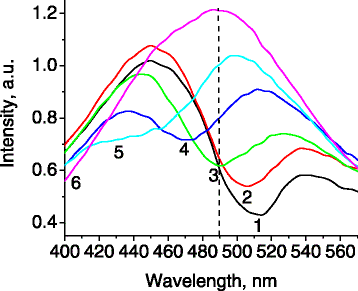
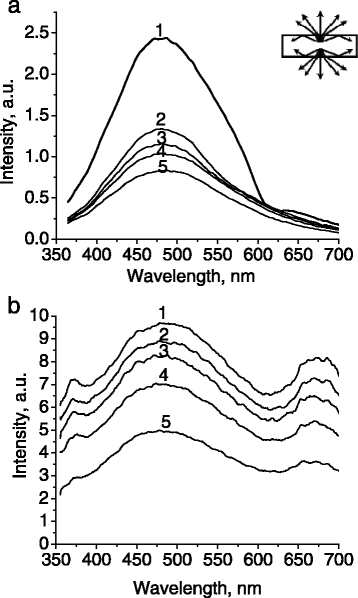
References
-
- Knabe S, Soleimani N, Markvart T, Bauer G. Efficient light trapping in a fluorescence solar collector by 3D photonic crystal. Phys Status Solidi RRL. 2010;4(5–6):118–20. doi: 10.1002/pssr.201004047. - DOI
-
- Barnes W. Fluorescence near interfaces: the role of photonic mode density. J Mod Optic. 1998;45(4):661–99. doi: 10.1080/09500349808230614. - DOI
LinkOut - more resources
Full Text Sources
Other Literature Sources

